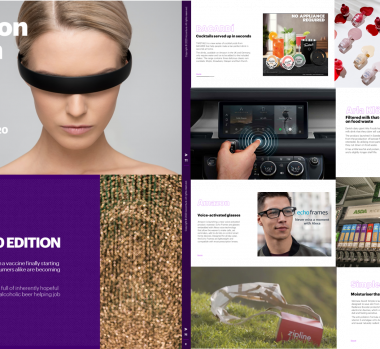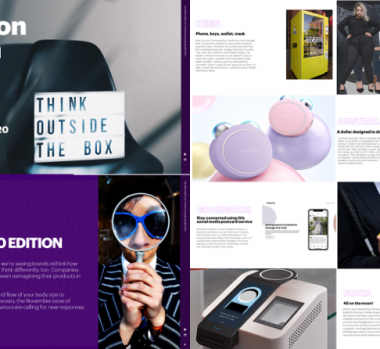5 Ways to Get Over Behavior Change (And Get Into Consumers’ Lives)
We bet you’ve once fumed at a past lover, “Stop trying to change me into something I’m not! Love me for who I am!”
Who knew you could apply your own relationship advice to behavior change theory? The truth is, consumers will never change their habits to fit into our innovations. Instead, we need to fit into their lives.
At ?What If!, we believe aspirations of behavior change are impossibly hard to meet because they are posed from the wrong vantage point. To reframe the opportunity, we look for behavioral clues that we can use to our advantage: either existing patterns to latch onto, or gaps in routines where we can plug the hole.
Here we share 5 practical lessons to unearth behavioral signals that will enable our new innovations to plug and play in consumers’ lives:
- Uncover the “hacks”
Be on the lookout for DIY workarounds that users have invented to help them stick to a regime.
In a recent oral care project, customers told us about brushing their teeth after lunch at work. Every day, they wrapped their toothbrush from home in tissue paper to avoid contamination in transit and then dropped it in their bag. Understanding this hack led to the creation of sleek travel-accessories for brushes, facilitating an on-the-go oral care regime that looked right at home alongside the lipstick and compact. - Expose contradictions
Expose what’s behind the internal conflict that leads customers to not do what they say they do.
When we were working to improve kids’ healthy eating habits, moms enchanted us with stories of home–cooked baby food. Upon closer inspection, we found cupboards of processed baby food jars. We learned the jars were for the babysitter, but offset the healthy routine. This led to the design of a range of ‘not-for-mom’ solutions — helping kids eat healthy when under the care of others. - Walk in your customers’ shoes
Establish first-hand empathy to the everyday challenges your customers face to spot the silent signals.
In partnering with a national pharmacy to uncover prescription treatment adherence challenges, we challenged the leadership team to text us a photo everyday at 9am, 12pm and 6pm. At first the text messages rolled in, but commitment quickly faltered. With increased empathy for the fluid nature of patients’ lives, we developed a new couture-based adherence program with multiple engagement pathways. - Redefine the habit context
View the user’s life-context more expansively to uncover and then leverage behaviors from this broader ‘life-system’.
While working on a new molecule for kids’ asthma inhalers, we uncovered the real problem: children continually lose or forget to use their inhalers. Turns out the social stigma of a bulky inhaler was a barrier — and it didn’t fit in children’s pockets. Our challenge became to find a way for the inhaler to work with the child’s social needs — leading to thinner, pocket-friendly formats and an embedded audio-timer. - Unearth the emotional barriers
Build a deeper understanding of core motivations to reveal a complex web of emotional barriers to adherence.
Numi, a digital weight loss business, sought to revive their brand. We learned other tools on the market didn’t help consumers adapt to changes in routine, which added to consumers’ feelings of disappointment when they failed. In response, we designed a weight loss plan that rewards consumers with the right to wobble when they’re feeling most vulnerable — but supports them to keep going.
So, if you find yourself lamenting, “If only I could change my customers’ behavior, my innovation would stick…” open your aperture. You’ve got all the ingredients you need to fit in (and stand out) in your customer’s world. Apply these five intimate insight approaches, navigate existing behaviors to your advantage, and you’ll quickly be building solutions with staying power.
If you’d like to know more about how to install your innovations into existing routines, please contact us!
Get in touch


